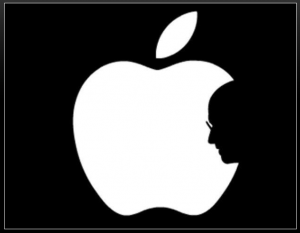There is a unique human ability to conceive an idea. Ideas are born every minute, but only some of them actually make it into the world, and even fewer survive as a sustainable innovation, something that brings benefits to all involved.
Apple products are some of the most satisfying innovations in our lives. There is something particularly beautiful about the seamless way they do what they are. Actions, like using our fingers to enlarge images and turn pages, are intuitive. We have come to expect Apple to make our lives simpler and better, not more complicated. Their success is the result of a relentless feedback pattern of conceiving, developing, executing and studying the results to be able to re-initiate the cycle of conceiving, developing and executing even better, creating even more wonder at what is possible.
This is the cycle of sustainable innovation.
What is the cognitive pathway that nurtures ideas into a functioning, sustainable innovation? It is the ability to interconnect three faculties of the mind, intuition (birth of an idea), understanding (development and analysis) and knowledge (application/execution). When we learn to allow these three faculties to interdepend correctly, we access a higher, more systemic form of intelligence. The English language doesn’t have a name for it, but there is a precise word in Hebrew to describe this kind of intelligence: sechel. Steve Jobs clearly had sechel in abundance.
How can we foster sechel in organizations? By integrating the scientific method in the form of Deming’s ‘Plan, Do, Study, Act’ (PDSA) cycle, together with an operational understanding of Variation. But Sechel and PDSA require support from a coherent, systemic structure, one that overcomes the strictures of the traditional hierarchy and frees individuals from the prison of wrong interdependencies. A systemic design unleashes the true potential of the organization to become a network of projects, focused on a process of continuous improvement and innovation.
When an organization promotes and fosters sechel, then sustainable innovation becomes not just a result but a way of operating, and there is no limit to what can be achieved. We can only wonder at the newly possible.
P.S. See Angela Montgomery’s comment this week on a review of Stephen Covey’s new book ‘The 3rd Alternative’. For over 15 years we have been using the powerful Thinking Process Tool known as the Conflict Cloud created by Eli Goldratt to systematically arrive at a ‘3rd alternative’ and transform conflict into the premise of a breakthrough solution.
See: Sechel: Logic, Language and Tools to Manage any Organization as a Network by Domenico Lepore, Toronto, 2011.







Thanks for the share! Very useful info, looking to communicate!